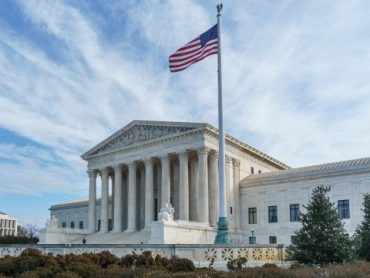
Amid enrollment shifts, equal rights advocate still fears ‘progressive educrats’ using ‘race proxies’ for admissions
Elite universities report lower racial diversity but higher socioeconomic representation in the class of 2028 after the Supreme Court banned affirmative action in admissions.
However, one equal rights advocate warns that some schools may circumvent this ruling.
The June 2023 decision made the class of 2028 the first group of students since 1961 to apply to colleges without affirmative action policies.
“No government or institution of public importance should be picking winners and losers on the narrow, arbitrary basis of race,” Wenyuan Wu, director of Californians for Equal Rights, told The College Fix via email.
“If we are serious about helping those who are in need, help them on an individual basis, regardless of race. If we are sincere about improving education, focus on K-12, family culture and community building,” she stated.
Wu also said that “much work remains to be done because progressive educrats in too many elite schools are now devising new ways to circumvent the SCOTUS ruling by using race proxies with the explicit intent to racially balance the class compositions.”
The ban on affirmative action is “long overdue,” Wu said. “It is a giant step forward for championing merit and excellence while rooting out the divisive doctrine of race-based admissions in higher education.”
Wu said that race-based admissions were “established by Harvard in the early 20th century to keep a cap on Jewish enrollment.”
The College Fix contacted Tufts University, Amherst College, Tulane University, and Brown University, none of whom responded in the last week to comment on the affirmative action reversal’s impact on admissions.
At Brown University in Rhode Island, the number of black students admitted this year decreased by 40 percent compared to the class of 2027, the Brown Daily Herald reported.
Hispanic enrollment decreased by 29 percent, Asian enrollment increased by 14 percent, and students who did not report their ethnicity increased to seven percent from four percent. White or non-Hispanic students decreased to 43 percent from 46 percent.
“Brown is the first Ivy League to report a significant decrease in Hispanic and Black first-year students…but for other peer institutions, diversity increased,” according to the Brown Daily Herald. Princeton did not experience a notable change in racial diversity, while Yale saw a 19 percent increase in Hispanic students in the class of 2028.
At Massachusetts Institute of Technology in Cambridge, black student enrollment decreased to five percent this year from 13 percent in the class of 2027. Asian students increased to 47 percent from 41 percent, Inside Higher Ed reported.
In a recent news release, the Asian American Coalition for Education expressed satisfaction with the affirmative action ban’s impact on MIT. “Admitting students based on their merits, rather than their skin color, will not only eliminate racial discrimination but also enhance America’s global competitiveness in technology and other fields,” the news release states.
MORE: UC Berkeley creates ‘Latinx Thriving’ position to up Hispanic enrollment
At Washington University in St. Louis, Missouri, students of color in the class of 2028 decreased “by six percentage points this year compared to last year,” (53 percent to 47 percent), according to Student Life, the school’s student newspaper. Black student enrollment dropped by four percentage points, from 11.9 percent to eight percent.
Additionally, socioeconomic diversity shifted. “The amount of students who are low- to moderate-income or Pell Grant-eligible went up, and the percentage of students receiving financial aid increased from 42% to 48%,” Student Life reported.
Asked about a possible correlation between racial diversity decreasing and socioeconomic diversity increasing, Wenyuan Wu told The College Fix that there is not sufficient data to prove one exists.
At Tulane University in Louisiana, the “class of 2028 is the most socioeconomically diverse class in Tulane history,” according to the Tulane Hullabaloo. Meanwhile, the number of students of color dropped to 28 percent this year from 31 percent last year.
Additionally, Dean of Admissions Shawn Abbott told the Hullabaloo that “the academic quality – as measured by GPA and testing – appears to be the strongest [they’ve] ever recorded at Tulane.”
Laura Adderley, a Tulane professor concentrating on African-American studies, believes that the decrease in racial diversity is not entirely attributed to the affirmative action reversal.“It’s a year,” she told the Hullabaloo. “Give me a five-year window of statistics.”
At Amherst College in Massachusetts, students of color make up 38 percent of the class of 2028, which is nine percentage points lower than the class of 2027’s 47 percent.
Amherst officials attributed the racial diversity shift to the affirmative action ban, according to Inside Higher Ed. In a letter sent to the college community, “officials pledged to continue and ‘deepen’ efforts to recruit students from diverse backgrounds, but they cautioned that the process will take time.”
At Tufts University in Massachusetts, the class of 2028 consists of 44 percent students of color, which is a six percentage point drop compared to the class of 2027.
“Following the Supreme Court’s decision last June…we said then that we would, of course, respect the law, but the university’s vision of inclusive excellence continues to be mission critical and unwavering,” Dean of Admissions JT Duck told the Boston Globe.
Other colleges, however, have seen an increase or no change in black and Hispanic enrollment.
At Bates College, 32% of the first-year cohort are students of color, reflecting an increase from previous years’ figures of 27% to 29%, the Wall Street Journal reported.
Many colleges have not yet reported the demographics of their newest classes.
MORE: Colleges aim to increase enrollment by admitting students who didn’t apply
IMAGE: ErikCox/Shutterstock
Like The College Fix on Facebook / Follow us on Twitter

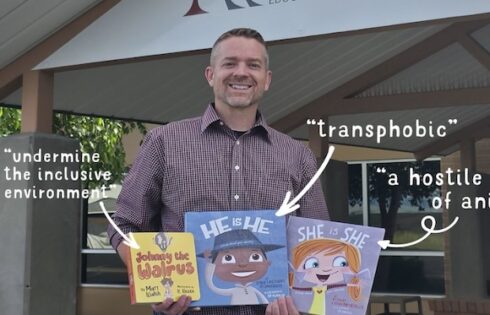
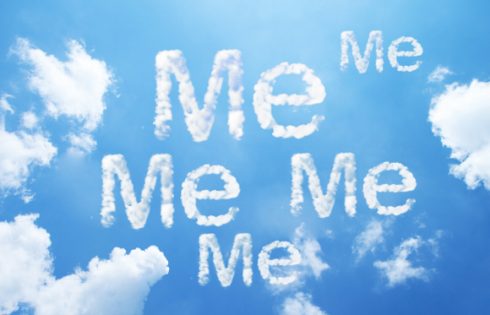
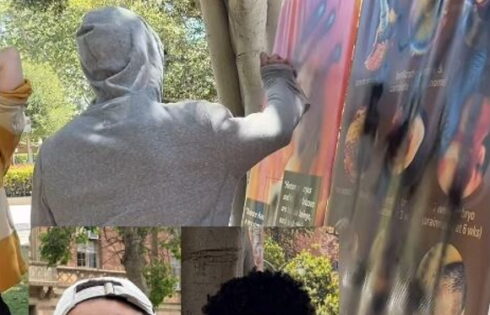
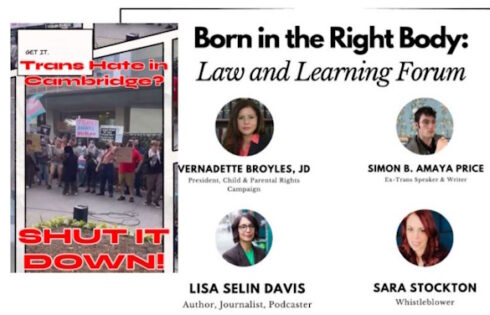

Please join the conversation about our stories on Facebook, Twitter, Instagram, Reddit, MeWe, Rumble, Gab, Minds and Gettr.